Macro lenses are a great way to enhance food photography. While your standard lens can capture a lot of detail, a macro lens allows you to capture something much closer. But that’s not all a macro lens is good for. A macro lens is ideal for food photography in many other ways.
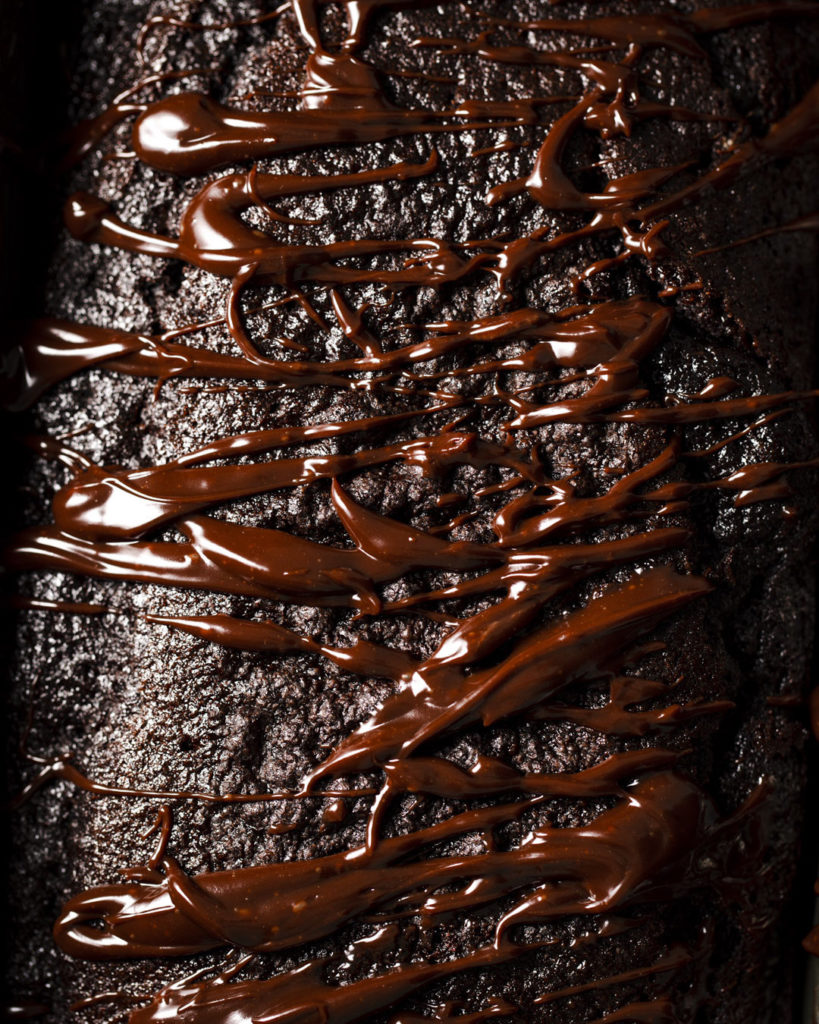
What is a macro lens?
A macro lens is a useful and handy tool when it comes to food photography. It’s a special type of lens that allows you to work with very short focusing distances and taking close up and in detail images of small subjects.
A true macro lens has a magnification of 1:1 or more. The image size of the subject on the sensor is the same (1:1) or larger then the actual real life size of the subject. A short minimum focusing distance allows you to be able to focus on the food whilst getting close up to it.
What is minimum focusing distance?
Each lens has a minimum focusing distance and this is the minimum distance you can be away from your set up and still be able to focus on your subject. Macro lenses allow you to get much closer to your subject then other lenses.
How to choose the right macro lens for your camera?
Before purchasing a macro lens, you need to know whether you have a crop sensor or full frame camera. A crop sensor camera has a smaller sensor as compared to a full frame camera. How much smaller the sensor is will determine the crop factor. Each camera has their own crop factor which usually ranges from 1.5 to 1.6. If you multiply the crop factor by the focal length, you get the equivalent focal length of the lens on a crop factor camera.
If you are shooting with a full frame camera, then a 100 mm/105mm is the macro lens of choice. This is the perfect focal length and just the right amount of compression to get those enticing 45 degree shots. Compression is when the background appears to be closer to a subject and larger in comparison than it actually is. This means you don’t need to fill the background of your images with unnecessary props to fill up the frame.
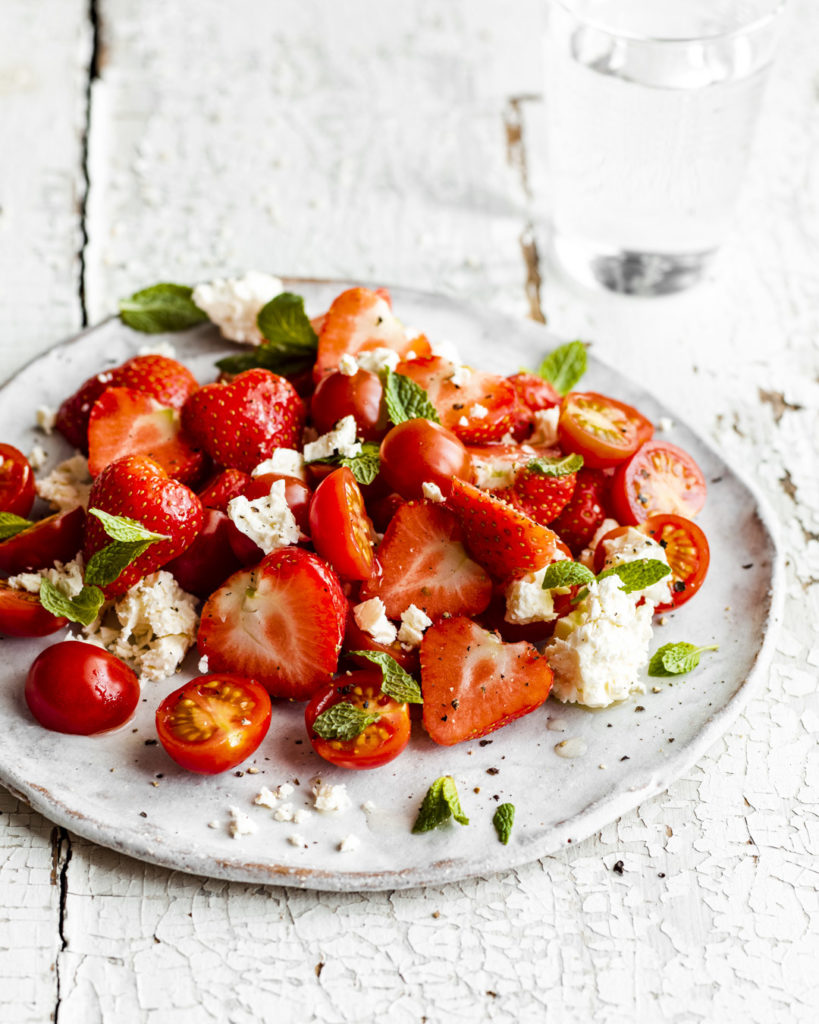
On the other hand, if you’re shooting with a crop sensor camera, a 60 mm lens is your best lens choice as that will act as an equivalent macro lens. The reason for this is that you need to apply the crop factor to calculate the equivalent focal length.
60mm x 1.5= 90mm
So a 60mm lens in a crop sensor camera will have an equivalent focal length of 90mm. It will allow you to get up close and take detail shots, just like a 100mm on a full frame camera does.
Advantages and disadvantages of macro lenses
We have already discussed some advantages of macro lenses but let’s go over them in more detail.
A macro lens allows you to have a shorter focusing distance then other lenses such as the 50mm lens. This means you can get very close up to your food and take detailed shots that you wouldn’t be able to with other lenses.
For 45 degree angle shots, a macro lens will be your best option. It will give you beautifully blurred backgrounds whilst still keeping your main subject sharply in focus. The compression will mean you can take minimalist shots without having wide open empty compositions behind your food.
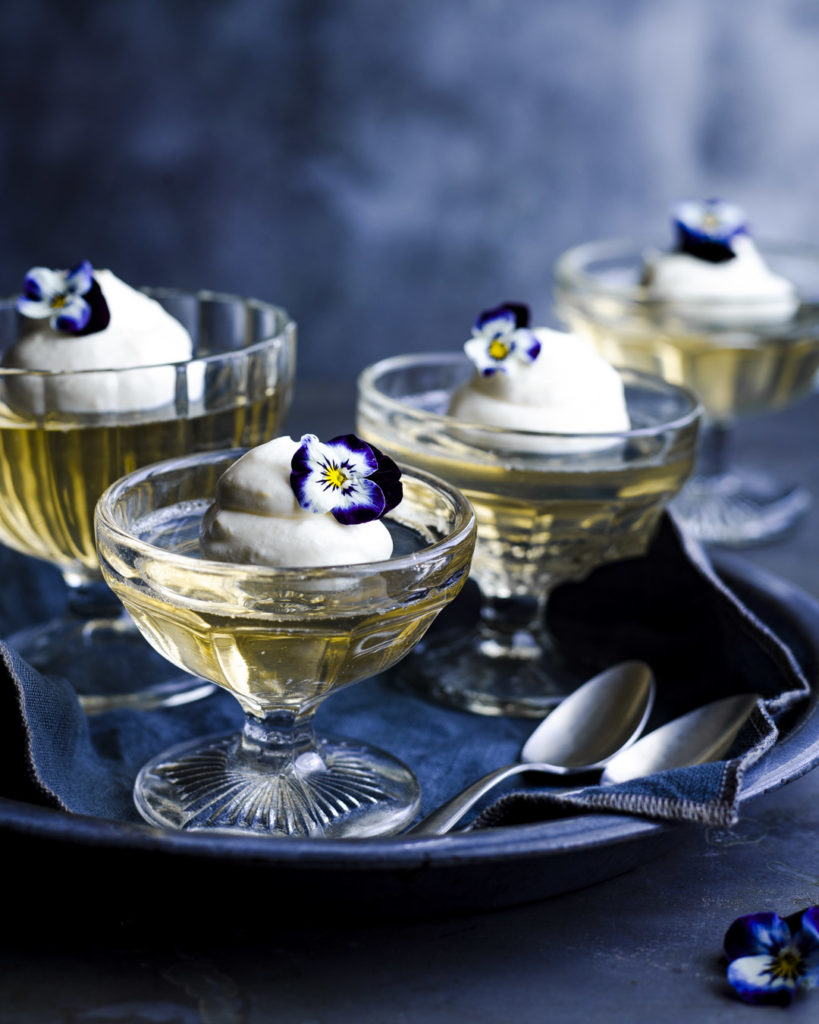
A macro lens also has less chromatic aberrations at the edge of the lens. This means that no matter how close you get to the subject, you will have less of a fish eye effect at the edges of your image.
On the other hand, purchasing a macro lens is expensive. So be prepared to take a hit in your wallet. If you want a use a macro lens to shoot larger scenes such as flat lays or zoomed out shots, you will need more space in your studio as you’ll have to move a considerably large distance away from your food set up unless you want to use an alternative lens such as a 50mm for those types of scenes.
Finally, bear in mind the depth of field is limited when shooting with macro lenses. Depth of field is the distance in front of and behind your focal point that is in focus. Macro lenses give a very shallow depth of field the closer you are to your subject. So whilst using an aperture of F5.6 would be sufficient with a 50mm lens, it might not give enough focus when using a 100 mm lens. In order to get everything in your scene into focus, you might have to use apertures that are much narrower (larger F stops) to achieve this.
This is also one of the reasons why nailing focus is of utmost importance. The smallest adjustment in focus can blur your image due to the shallow depth of field. Ensure you are using manual focus and in case you sue auto focus, consider using single point auto focus.
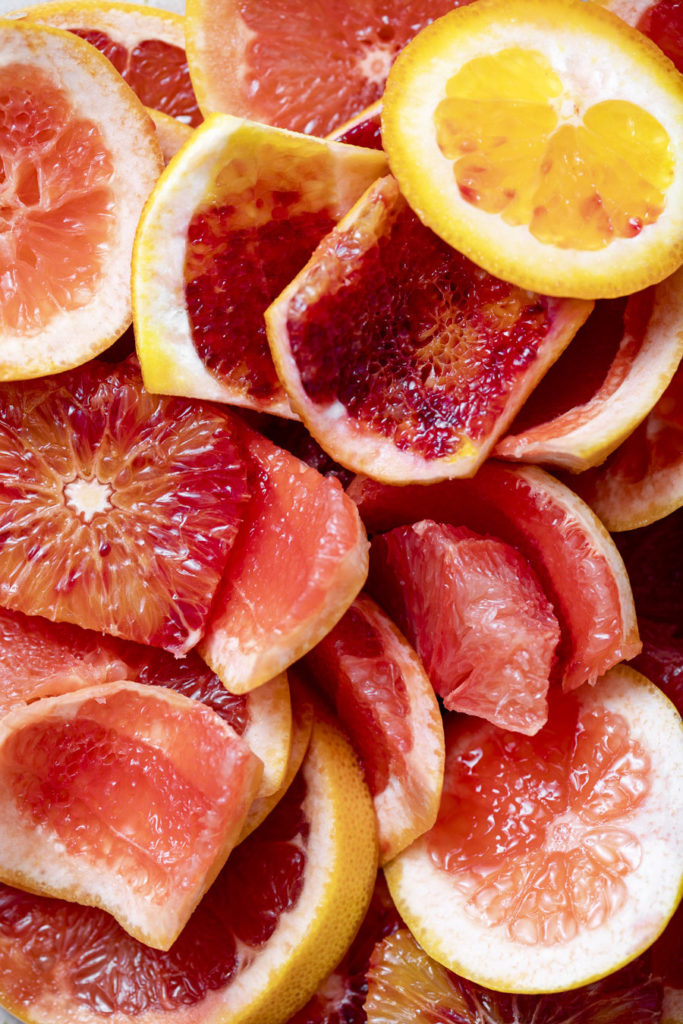
Macro lenses let you compose and capture stunning images that bring life and depth to food. A macro lens for food photography will allow you to explore composition and go beyond overhead shots, which are a little easier to compose (and do well) than 45-degree angles. Discovering how your food looks through the different focal lengths and angles has numerous benefits including making the recipe look more appetizing.
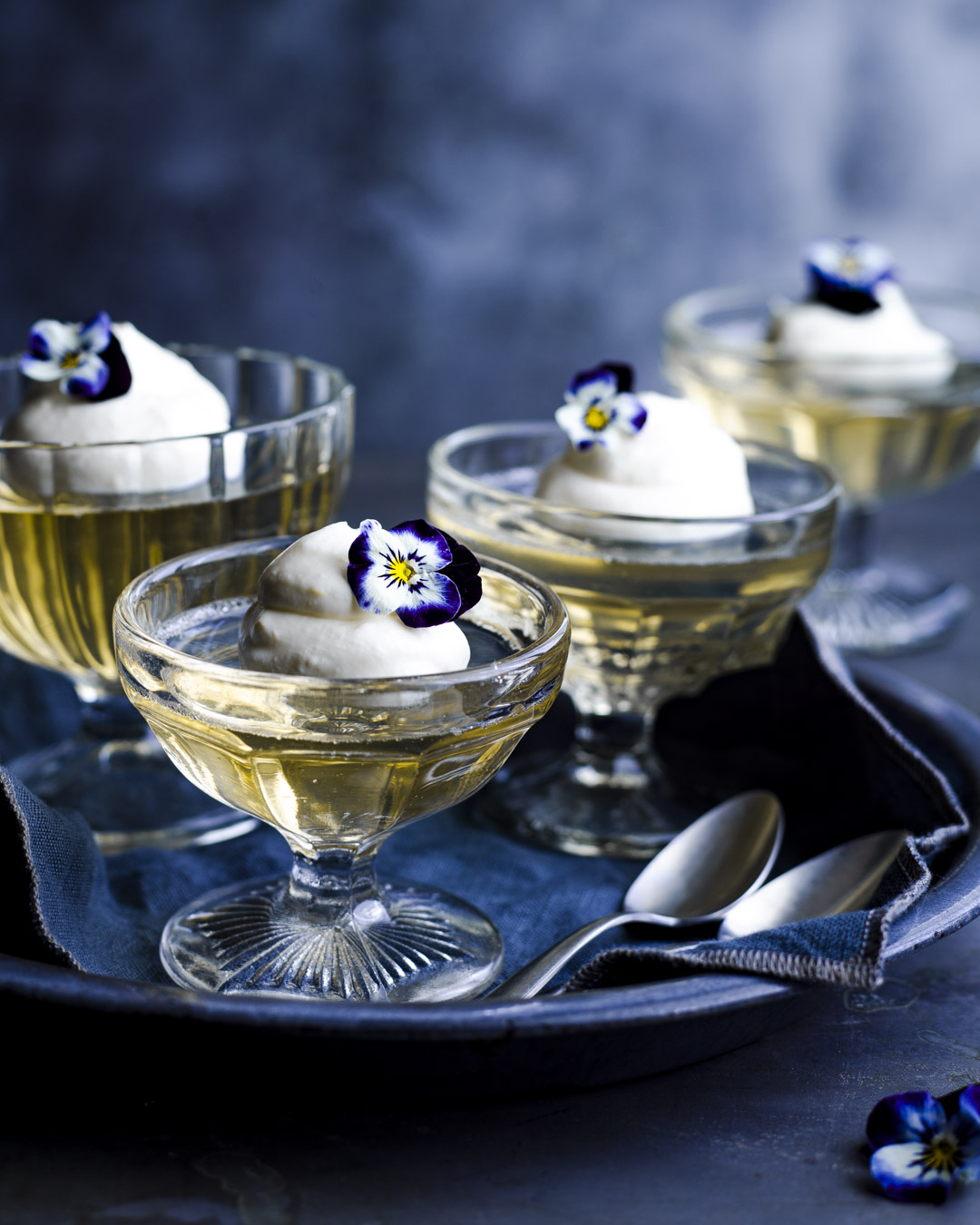
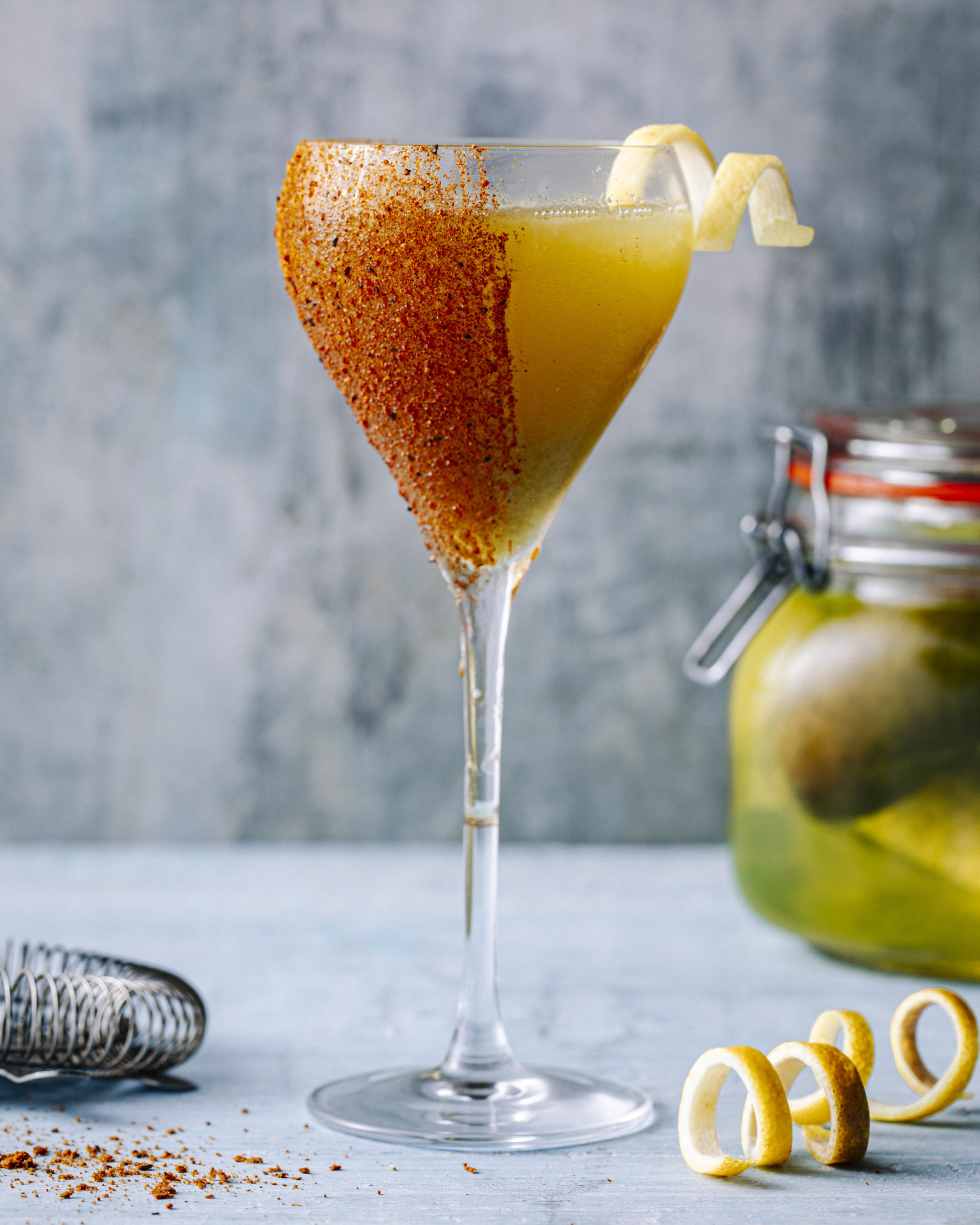
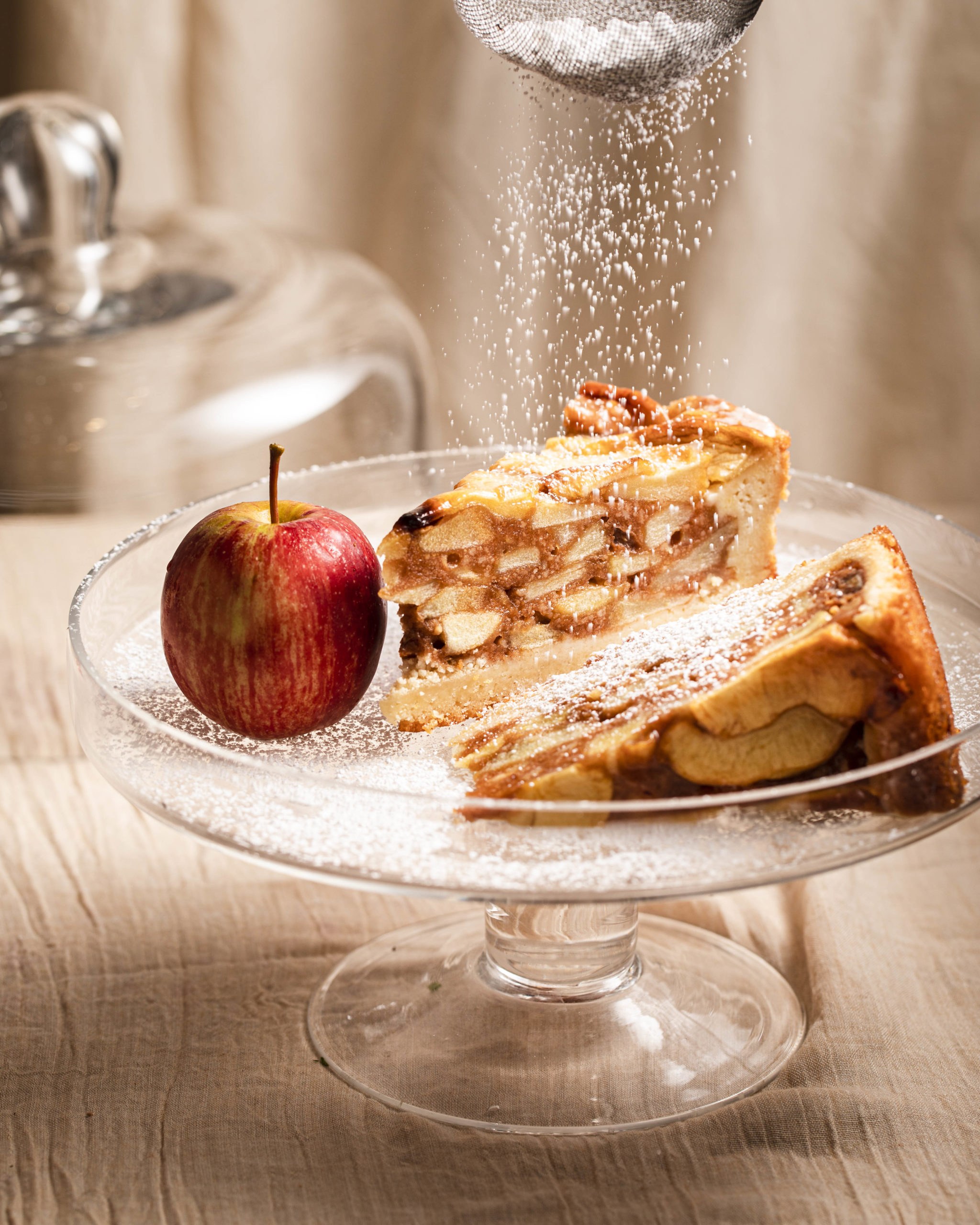
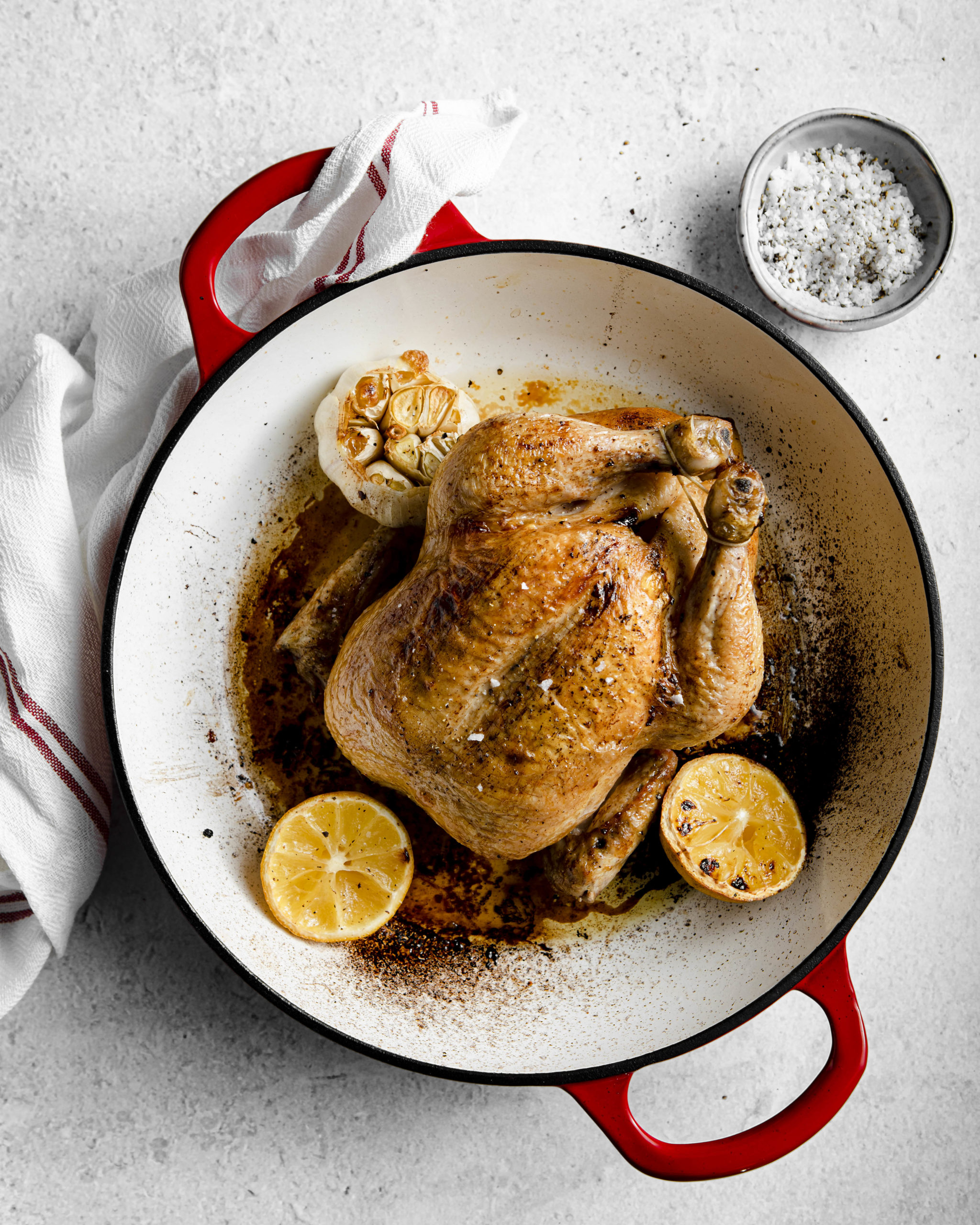
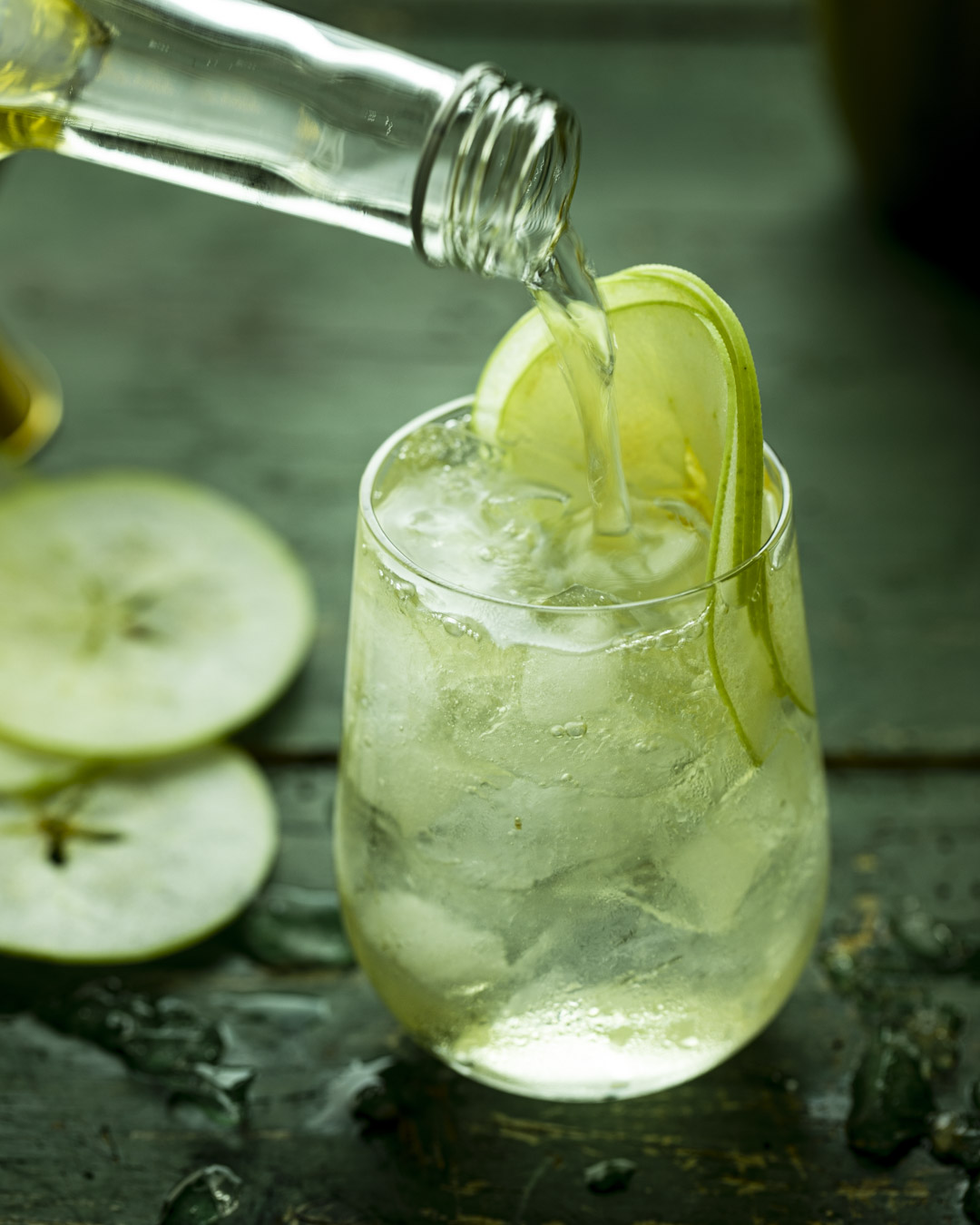
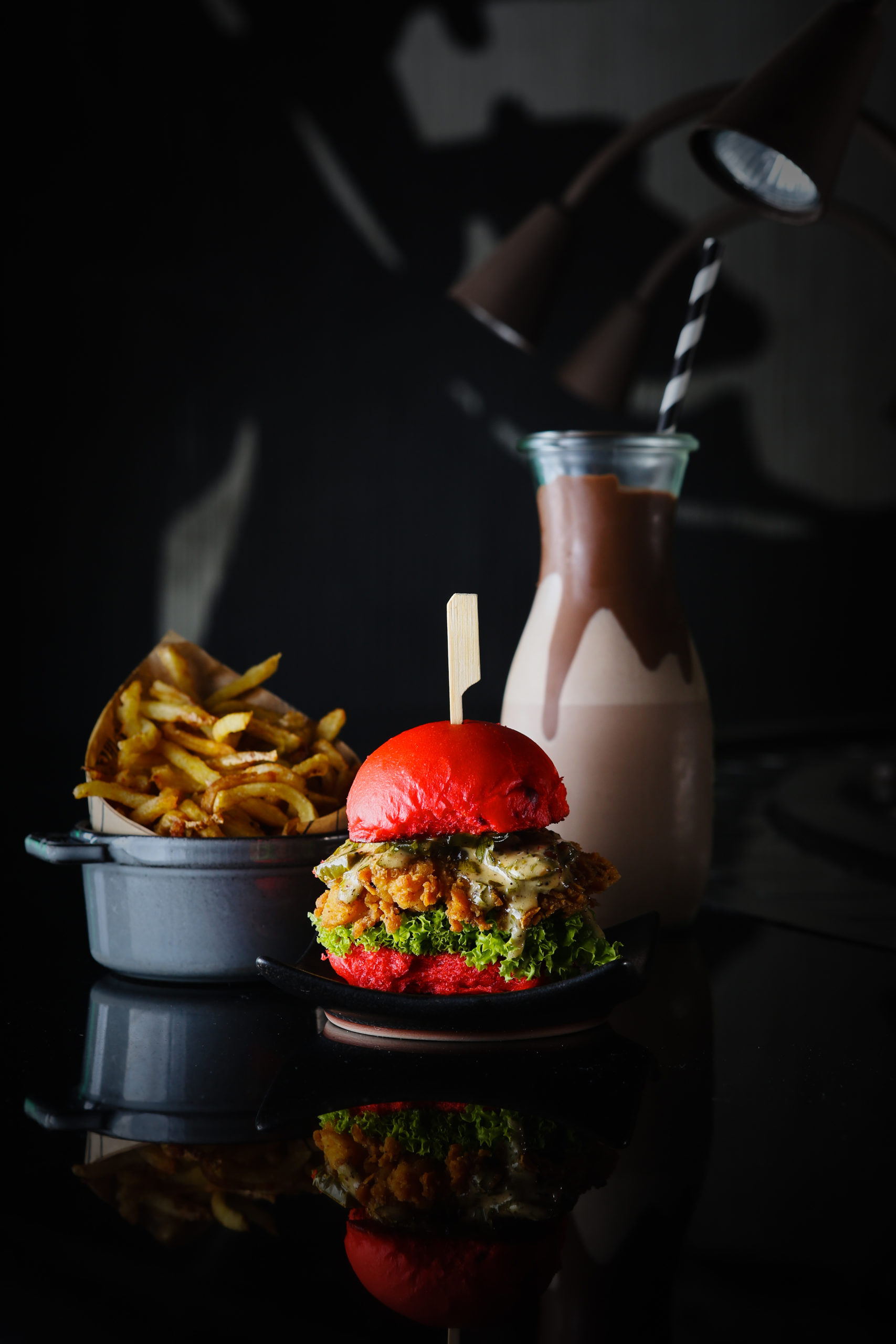
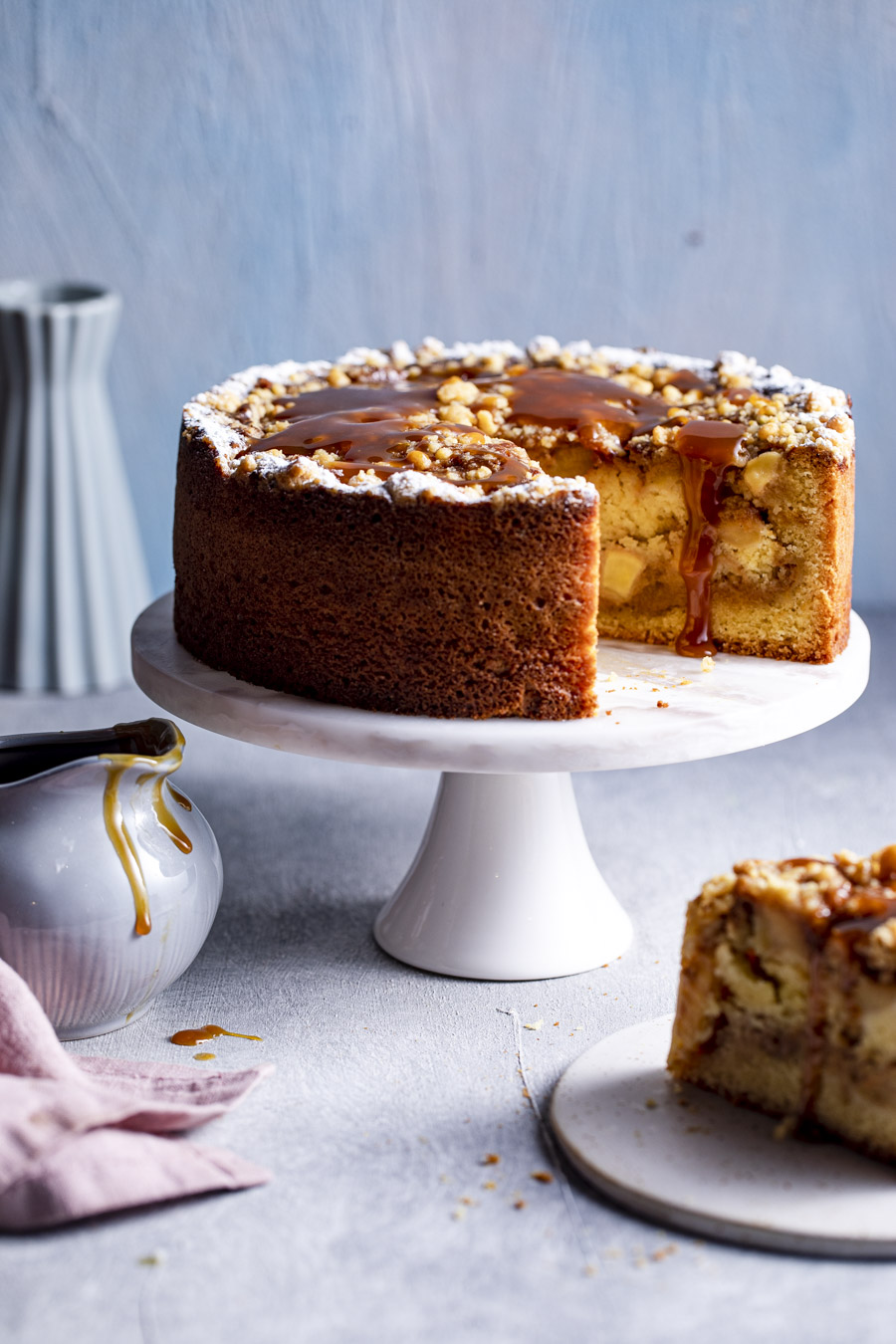
+ show Comments
- Hide Comments
add a comment